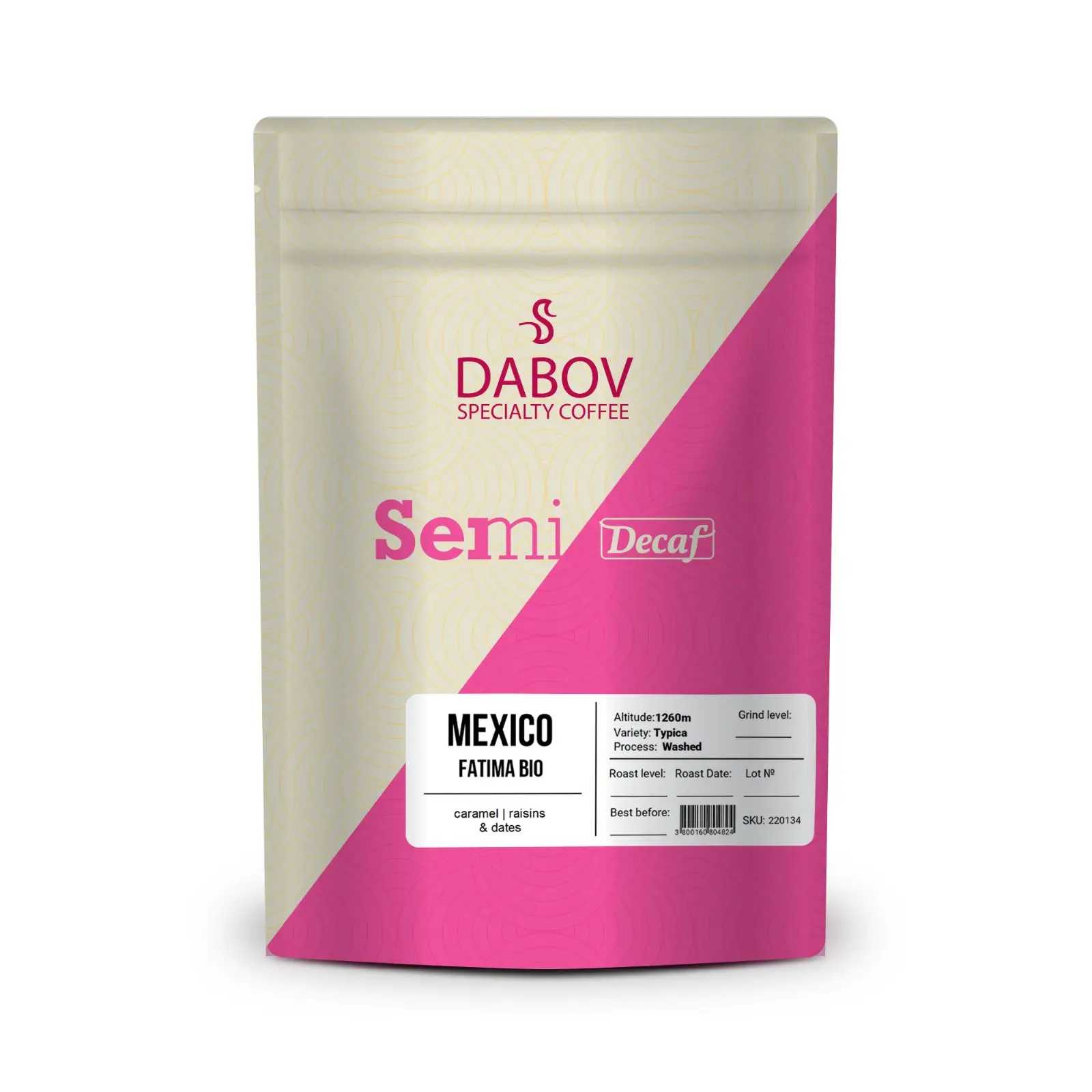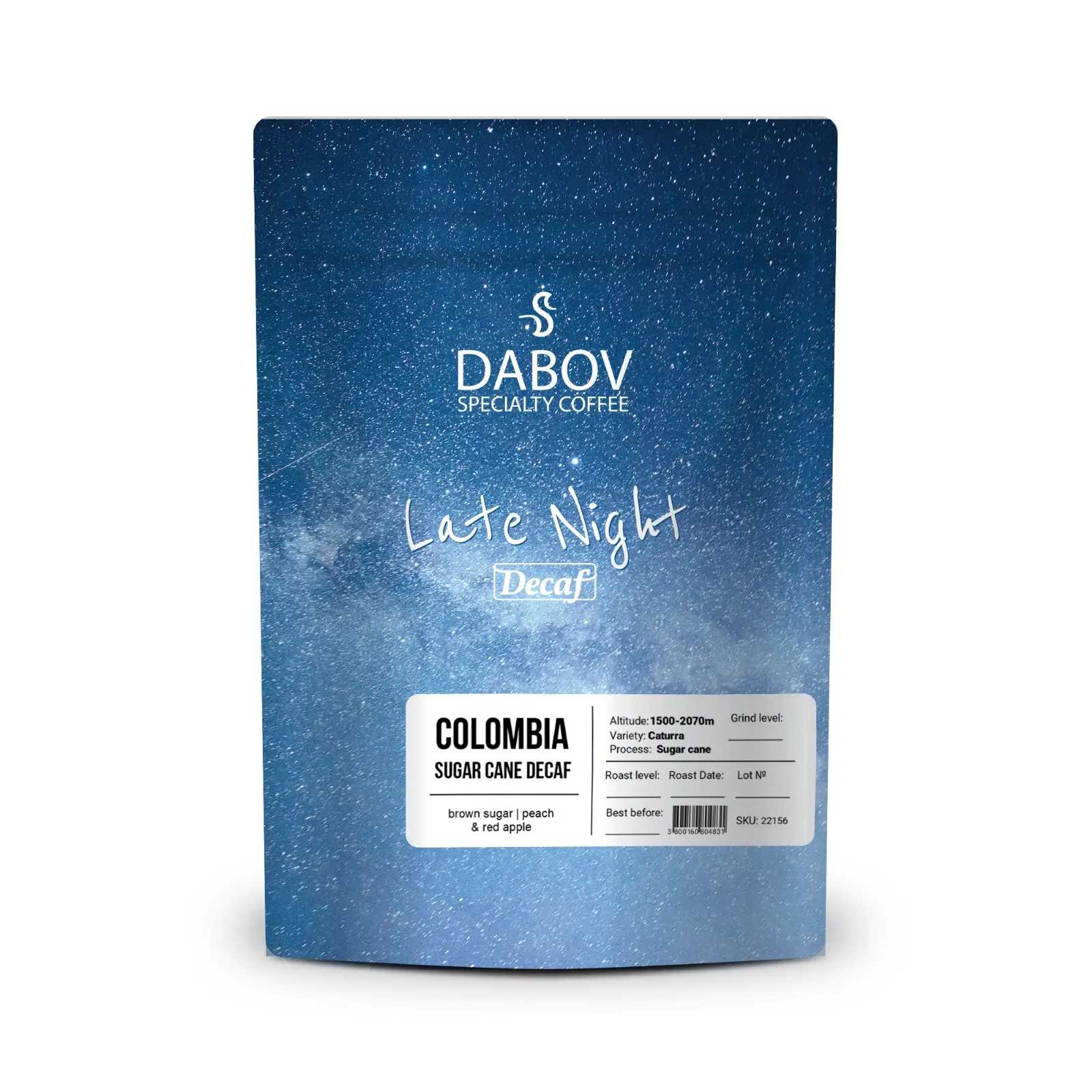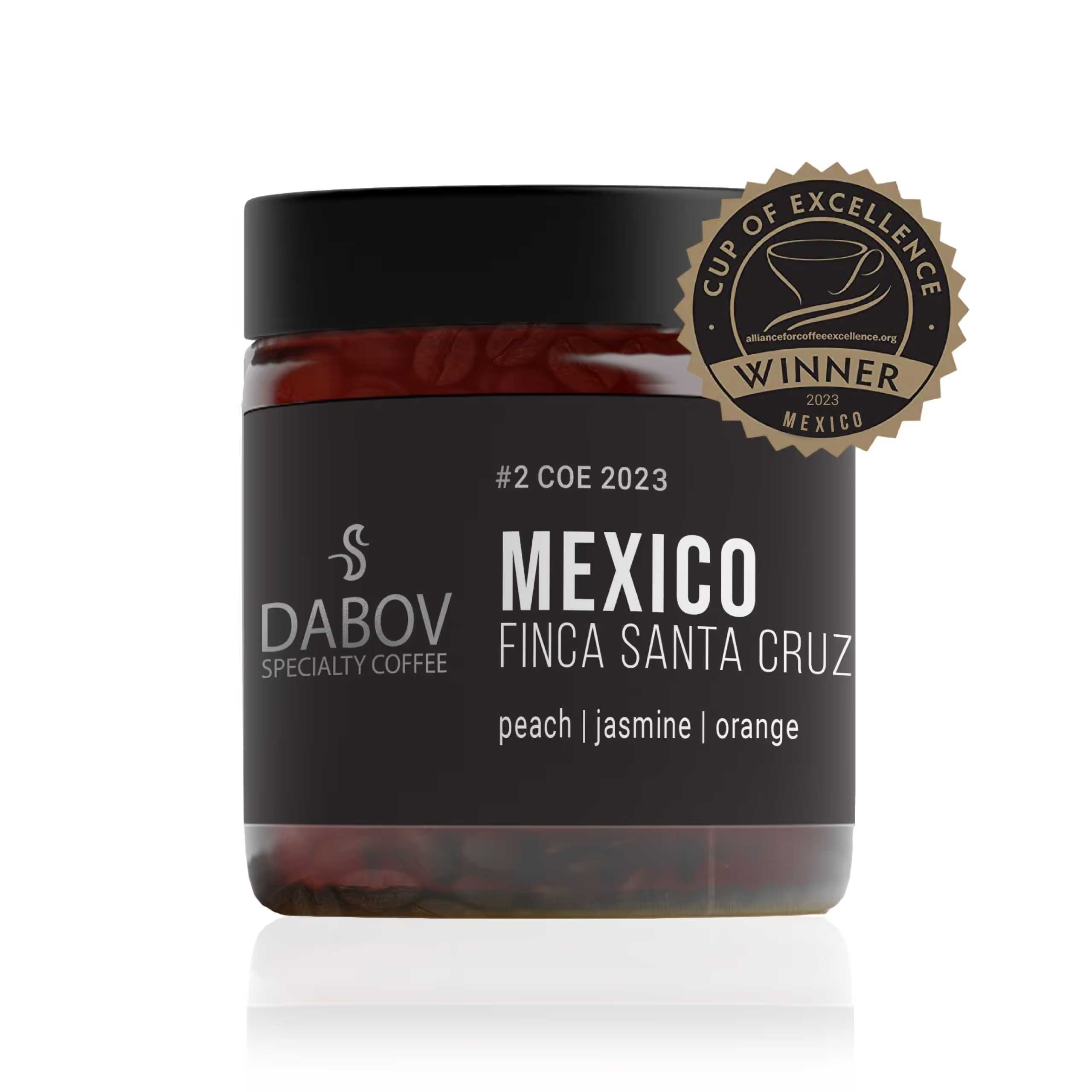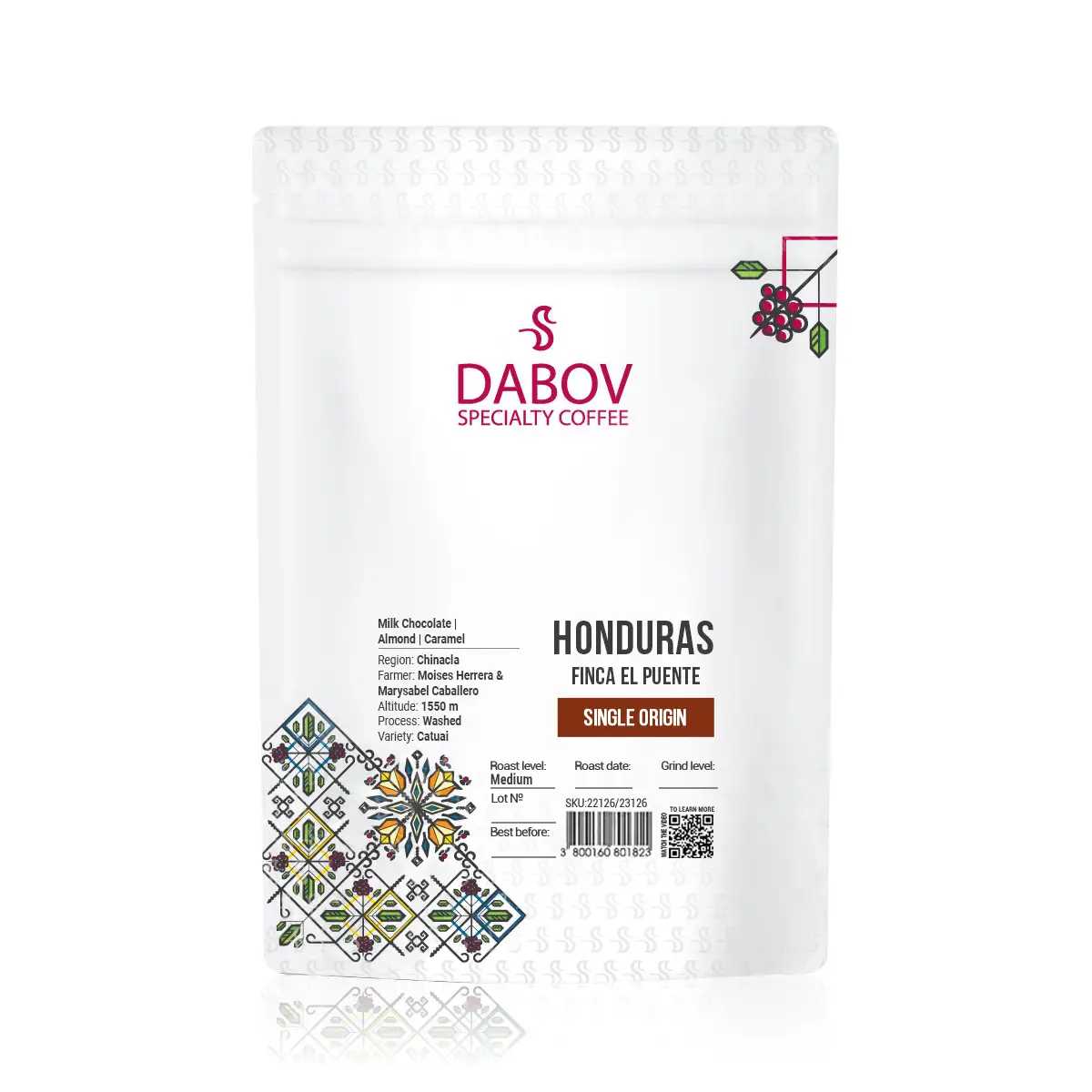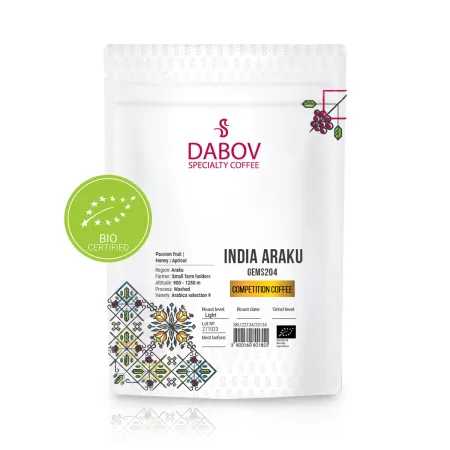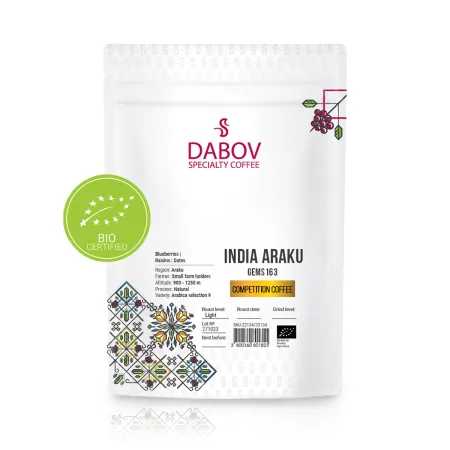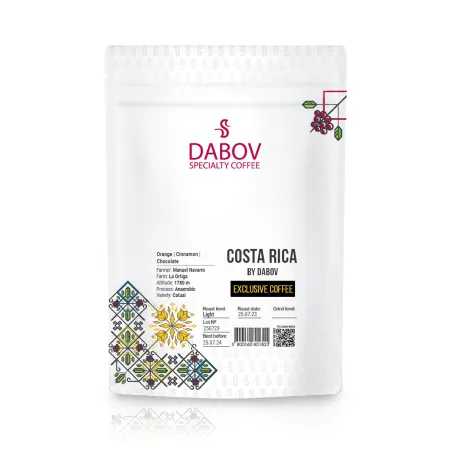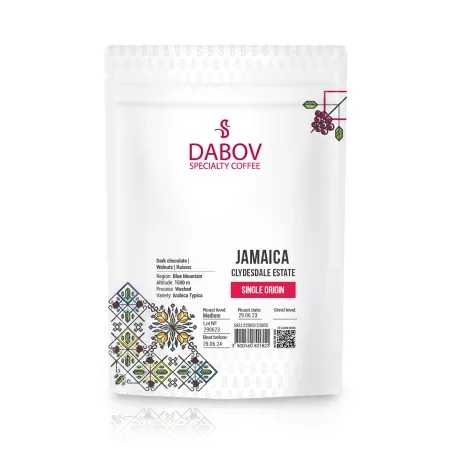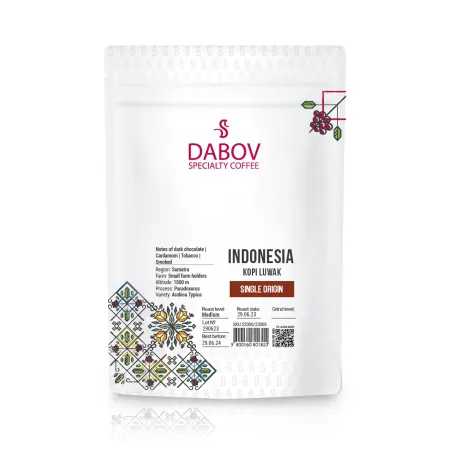DIY Home Coffee Bar Tips and Tricks for Every Budget
Are you a coffee enthusiast looking to elevate your daily brew? Discover the art of creating a DIY home coffee bar that fits any budget! In this guide, we’ll explore essential tips and tricks that will enhance your coffee-making experience. From selecting the right equipment to designing a cozy coffee corner in your kitchen, we have you covered. We’ll show you how to personalize your space, saving money in the long run while impressing your guests with a perfect cup of coffee at home. Whether you have a small nook or a spacious room, our ideas cater to all spaces, aesthetics, and budgets. Dive in and transform your coffee experience today!
Coffee lovers, rejoice! The era of the home coffee bar has arrived, and it's time to elevate your daily brew routine to new heights. Whether you're a seasoned barista or just starting your coffee journey, creating a DIY coffee bar at home is a rewarding project that can transform your mornings and impress your guests. In this comprehensive guide, we'll explore the ins and outs of setting up your personal coffee haven, offering tips and tricks for every budget. From essential equipment to design ideas, and from budget-friendly hacks to maintenance tips, we've got you covered. So grab your favorite mug, and let's dive into the world of home coffee bars!
Why Create a DIY Coffee Bar?
The allure of a home coffee bar goes beyond just having a dedicated space for your caffeine fix. It's about crafting a personalized coffee experience that caters to your unique tastes and preferences. Imagine waking up to the aroma of freshly ground beans, with all your favorite tools and ingredients at your fingertips. A well-designed coffee bar allows you to experiment with different brewing methods, perfect your latte art, and explore the nuances of various coffee origins—all from the comfort of your own home.
Moreover, setting up a DIY coffee bar can be surprisingly cost-effective in the long run. While the initial investment might seem substantial, consider the savings you'll accrue over time by reducing your visits to expensive coffee shops. A study by Acorns found that the average American spends about $1,100 annually on coffee. By brewing at home, you could potentially save hundreds of dollars each year while still enjoying high-quality coffee. Plus, you'll have the freedom to customize your drinks exactly to your liking, without the limitations of a café menu.
The social aspect of a home coffee bar shouldn't be underestimated either. It becomes a natural gathering point for family and friends, fostering conversations and creating memorable moments. Whether you're hosting a brunch or having an impromptu catch-up with a neighbor, your coffee bar provides the perfect backdrop for social interactions. It's not just about serving coffee; it's about creating an experience that reflects your hospitality and personal style.
Key Elements of a Home Coffee Bar Setup
To create a functional and enjoyable coffee bar, you'll need to invest in some essential tools and equipment. Let's break down the key components that will form the backbone of your coffee station:
Essential Coffee Tools and Equipment
At the heart of any coffee bar is the coffee maker. The type you choose will depend on your preferred brewing method and budget. For those who enjoy a classic drip coffee, a quality automatic drip machine like the Technivorm Moccamaster or the more budget-friendly Bonavita BV1900TS can produce excellent results. Espresso enthusiasts might consider a semi-automatic machine like the Breville Barista Express, which offers a good balance between control and convenience. For a more hands-on approach, a French press or pour-over setup (like the Chemex) can provide a rich, full-bodied brew at a fraction of the cost of an espresso machine.
A good grinder is perhaps the most crucial piece of equipment for any serious coffee setup. Freshly ground beans make a world of difference in the flavor of your coffee. Burr grinders, which crush the beans between two abrasive surfaces, are preferred over blade grinders for their consistency. The Baratza Encore is a popular entry-level burr grinder that offers excellent value for money. For those on a tighter budget, a manual burr grinder like the Hario Skerton can provide a quality grind without breaking the bank.
Accessories play a vital role in elevating your coffee game. A milk frother is essential for those who enjoy lattes or cappuccinos. The Breville Milk Cafe offers precise temperature control and multiple froth settings, while the more affordable Aerolatte handheld frother can produce decent results with some practice. A kitchen scale is invaluable for ensuring consistency in your brews—the Acaia Pearl is a top-of-the-line option, but the American Weigh Scales SC-2KG digital pocket scale is a budget-friendly alternative that gets the job done. Don't forget a thermometer for achieving the perfect water temperature; the Thermapen Mk4 is highly accurate, but a simple digital kitchen thermometer can suffice for most home baristas.
Coffee Bean Selection
The quality of your coffee is only as good as the beans you use. When sourcing beans, look for those that have been roasted within the last two weeks for optimal freshness. Local roasters often provide the freshest options, but there are also excellent online subscription services like Atlas Coffee Club or Trade Coffee that deliver freshly roasted beans to your doorstep. Consider experimenting with single-origin beans to explore different flavor profiles, or opt for blends that offer a more consistent taste across different brewing methods.
Proper storage is crucial to maintaining the quality of your beans. Invest in an airtight container that blocks out light, such as the Fellow Atmos Vacuum Canister or the more budget-friendly OXO Good Grips Coffee POP Container. Store your beans in a cool, dry place away from direct sunlight, and avoid refrigerating or freezing them, as this can introduce moisture and compromise flavor.
DIY Coffee Bar Design Ideas
The design of your coffee bar should not only be functional but also reflect your personal style and complement your home's aesthetic. Let's explore some creative ideas for setting up your perfect coffee station:
Determining the Ideal Location
The first step in creating your coffee bar is choosing the right location. Consider factors like proximity to a water source, electrical outlets, and natural light. A corner of the kitchen is often an ideal spot, offering easy access to essentials while keeping the coffee station integrated with your existing kitchen setup. If space allows, a dedicated nook or alcove can create a charming coffee corner that becomes a focal point of your home.
For those with limited kitchen space, consider repurposing a small cart or bar cart that can be moved as needed. This mobile solution allows you to set up your coffee station wherever is most convenient, whether that's in the dining room during breakfast or in the living room for after-dinner coffee with guests.
Home Coffee Station Ideas
In small spaces, vertical storage is your best friend. Wall-mounted shelves or a pegboard can hold mugs, tools, and even small appliances, maximizing your available counter space. A narrow console table or a repurposed dresser can serve as a compact coffee bar in a hallway or dining area. For a truly space-saving solution, consider a fold-down wall-mounted table that can be tucked away when not in use.
For those with more room to work with, a dedicated coffee cabinet or hutch can provide ample storage and display space. Look for pieces with built-in wine racks, which can be repurposed to hold coffee syrups or bags of beans. A kitchen island with a built-in coffee station on one end offers a central location for brewing and serving, perfect for entertaining.
Aesthetic Considerations
The style of your coffee bar should harmonize with your home's overall decor. For a modern look, opt for sleek, minimalist designs with clean lines and a monochromatic color scheme. Stainless steel appliances and glass storage containers can add a contemporary touch. A rustic coffee bar might incorporate reclaimed wood shelving, mason jars for storage, and vintage coffee tins as decor. For a minimalist approach, focus on functionality with hidden storage solutions and a clutter-free countertop, allowing your coffee maker to be the star of the show.
Lighting plays a crucial role in setting the mood of your coffee bar. Under-cabinet LED strips can provide task lighting for brewing, while a pendant light or sconce can add ambiance and style. Don't forget to include some personal touches, like framed coffee-themed art prints or a small plant, to make the space feel uniquely yours.
Budget-Friendly Coffee Bar Tips
Creating a stylish and functional coffee bar doesn't have to break the bank. With some creativity and smart shopping, you can set up an impressive coffee station on a budget. Here are some tips to keep costs down without sacrificing quality:
Affordable Coffee Bar Setup
Start by prioritizing the essentials. A good quality drip coffee maker or French press, a burr grinder, and a kettle can form the foundation of your coffee bar for under $200. Look for versatile equipment that can serve multiple purposes. For example, a French press can double as a milk frother for lattes, eliminating the need for a separate frothing device.
Consider buying refurbished or open-box appliances from reputable retailers. These items often come with warranties and can offer significant savings compared to buying new. Websites like eBay and Facebook Marketplace can be goldmines for gently used coffee equipment at a fraction of the retail price.
When it comes to storage and organization, think creatively. Mason jars make excellent containers for beans and sugar, while inexpensive spice racks can hold syrups and flavored powders. A simple wooden tray can corral your coffee essentials and create a cohesive look on your countertop.
Upcycling and DIY Projects
Embrace the DIY spirit by upcycling items you already own. An old bookshelf can be transformed into a coffee station with a fresh coat of paint and some strategic reorganization. Wine crates or wooden boxes can be mounted on the wall to create rustic shelving for mugs and supplies. Even a ladder can be repurposed as a unique and functional coffee mug display.
Get crafty with your decor. Create your own coffee-themed artwork using free printables available online, or frame vintage coffee advertisements for a retro touch. Make custom labels for your storage containers using chalkboard paint or printed stickers for a polished, organized look.
Sales and Discounts
Timing is everything when it comes to finding deals on coffee equipment. Major retailers often offer significant discounts on small appliances during Black Friday and Cyber Monday sales. Sign up for newsletters from coffee equipment manufacturers and retailers to stay informed about upcoming sales and exclusive offers.
Don't overlook loyalty programs and cashback apps. Many credit cards offer bonus points or cashback on kitchen appliance purchases. Apps like Rakuten or Ibotta can provide additional savings when shopping online or in-store for your coffee bar essentials.
Enhancing Your Coffee Bar Experience
A great coffee bar is about more than just coffee—it's about creating a complete beverage experience. Here are some ways to take your coffee station to the next level:
Diverse Beverage Options
Expand your offerings beyond traditional coffee. Stock a selection of teas to cater to non-coffee drinkers or for those times when you want a caffeine-free option. Herbal teas, green teas, and chai can add variety to your beverage menu. Consider including hot chocolate mix for a sweet treat, or invest in an electric kettle with temperature control to perfect your tea brewing.
Experiment with cold brew coffee for hot summer days. A simple cold brew maker like the Takeya or a more sophisticated system like the Toddy can produce smooth, low-acid coffee that's perfect over ice. Keep a pitcher of cold brew concentrate in your refrigerator for quick and easy iced coffee anytime.
Flavoring and Sweetening
Homemade syrups are an excellent way to add flavor to your coffee without relying on store-bought options that may contain artificial ingredients. Simple syrup (equal parts sugar and water) forms the base for most flavored syrups. Add vanilla extract, cinnamon, or hazelnut for classic flavors, or get creative with lavender, cardamom, or even pumpkin spice for seasonal variations.
Create a spice blend station with shakers of cinnamon, nutmeg, and cocoa powder for easy flavor additions. Offer a variety of sweeteners, including raw sugar, stevia, and honey, to cater to different preferences. For a luxurious touch, keep a small container of high-quality dark chocolate shavings for mocha-inspired drinks.
Coffee Bar Etiquette
When hosting guests, turn your coffee bar into an interactive experience. Set up a "build your own latte" station with various syrups, spices, and toppings. Provide recipe cards for classic drinks like cappuccinos or Americanos to encourage experimentation.
Consider offering a coffee tasting experience by preparing small samples of different roasts or brewing methods. This can be a fun and educational activity for coffee enthusiasts and novices alike. Pair your coffee with complementary snacks like biscotti, chocolate-covered espresso beans, or fresh pastries to create a café-like atmosphere at home.
Maintenance and Organization Tips
A well-maintained coffee bar ensures that your equipment lasts longer and your coffee tastes better. Here are some tips for keeping your coffee station in top shape:
Cleaning and Maintenance
Develop a regular cleaning routine for your coffee equipment. Descale your coffee maker and espresso machine every 1-3 months, depending on your water hardness and frequency of use. Use a mixture of equal parts water and white vinegar, or a commercial descaling solution, to remove mineral buildup that can affect the taste of your coffee and the efficiency of your machine.
Clean your grinder regularly to prevent oil buildup from old coffee beans. For burr grinders, use grinder cleaning tablets monthly, and brush out the burrs weekly. For blade grinders, wipe them clean after each use and occasionally grind a handful of uncooked rice to absorb oils and odors.
Don't forget about your accessories. Wash milk frothers immediately after use to prevent milk residue from building up. Clean your coffee mugs and storage containers with hot, soapy water regularly, and sanitize them occasionally to prevent any off-flavors.
Organizing for Efficiency
Arrange your coffee bar with workflow in mind. Place your grinder next to your coffee maker, and keep frequently used items like filters and measuring spoons within easy reach. Use drawer organizers or small trays to keep smaller items like coffee scoops and thermometers tidy and accessible.
Implement a first-in, first-out system for your coffee beans to ensure you're always using the freshest beans. Label your storage containers with the type of bean and the roast date to keep track of freshness.
Consider creating a coffee station "manual" with instructions for using different equipment and recipes for your favorite drinks. This can be especially helpful for guests or family members who might not be as familiar with your setup.
Conclusion
Creating a DIY home coffee bar is an exciting project that can transform your daily coffee routine and enhance your home's functionality and style. By carefully selecting your equipment, thoughtfully designing your space, and implementing smart organization strategies, you can create a coffee bar that rivals your favorite café—all within your budget.
Remember, the perfect coffee bar is one that suits your individual needs and preferences. Whether you're working with a small corner or a dedicated room, the key is to create a space that inspires you to explore the world of coffee and share that passion with others. With the tips and tricks provided in this guide, you're well-equipped to start your journey toward coffee bar perfection.
So, what are you waiting for? Start planning your DIY coffee bar today, and soon you'll be enjoying barista-quality drinks in the comfort of your own home. Happy brewing!
Call to Action
We'd love to see your DIY coffee bar creations! Share photos of your home coffee station on social media using the hashtag #MyHomeCoffeeBar, or leave a comment below describing your setup. Don't forget to share your favorite coffee bar tips and tricks—your ideas might inspire others in our coffee-loving community!
FAQs
- What's the best budget coffee maker for a home coffee bar?For those on a budget, the Bonavita BV1900TS is an excellent choice. It's SCAA-certified, meaning it meets the Specialty Coffee Association of America's rigorous standards for brewing. At around $150, it offers exceptional value, producing coffee that rivals much more expensive machines.
- How can I make my coffee bar look aesthetic on a budget?Focus on cohesive color schemes and repurposed items. Use matching containers for storage, add a small plant for a pop of green, and incorporate a stylish tray to organize your items. Thrift stores and flea markets can be great sources for unique, affordable decor that adds character to your coffee bar.
- What's the minimum equipment needed for a functional coffee bar?At a minimum, you'll need a coffee maker (such as a drip machine or French press), a grinder, a kettle if using manual brewing methods, and storage for your beans and accessories. Everything else is an enhancement to your basic setup.
- How often should I clean my coffee equipment?Daily cleaning of removable parts like carafes and filter baskets is essential. Deep clean your coffee maker monthly, and descale every 1-3 months depending on use and water hardness. Grinders should be brushed out weekly and deep cleaned monthly.
- Can I create a coffee bar in a small apartment?Absolutely! Use vertical space with wall-mounted shelves, opt for compact equipment, and consider a rolling cart that can be moved as needed. Even a small corner can be transformed into an efficient coffee station with careful planning.



